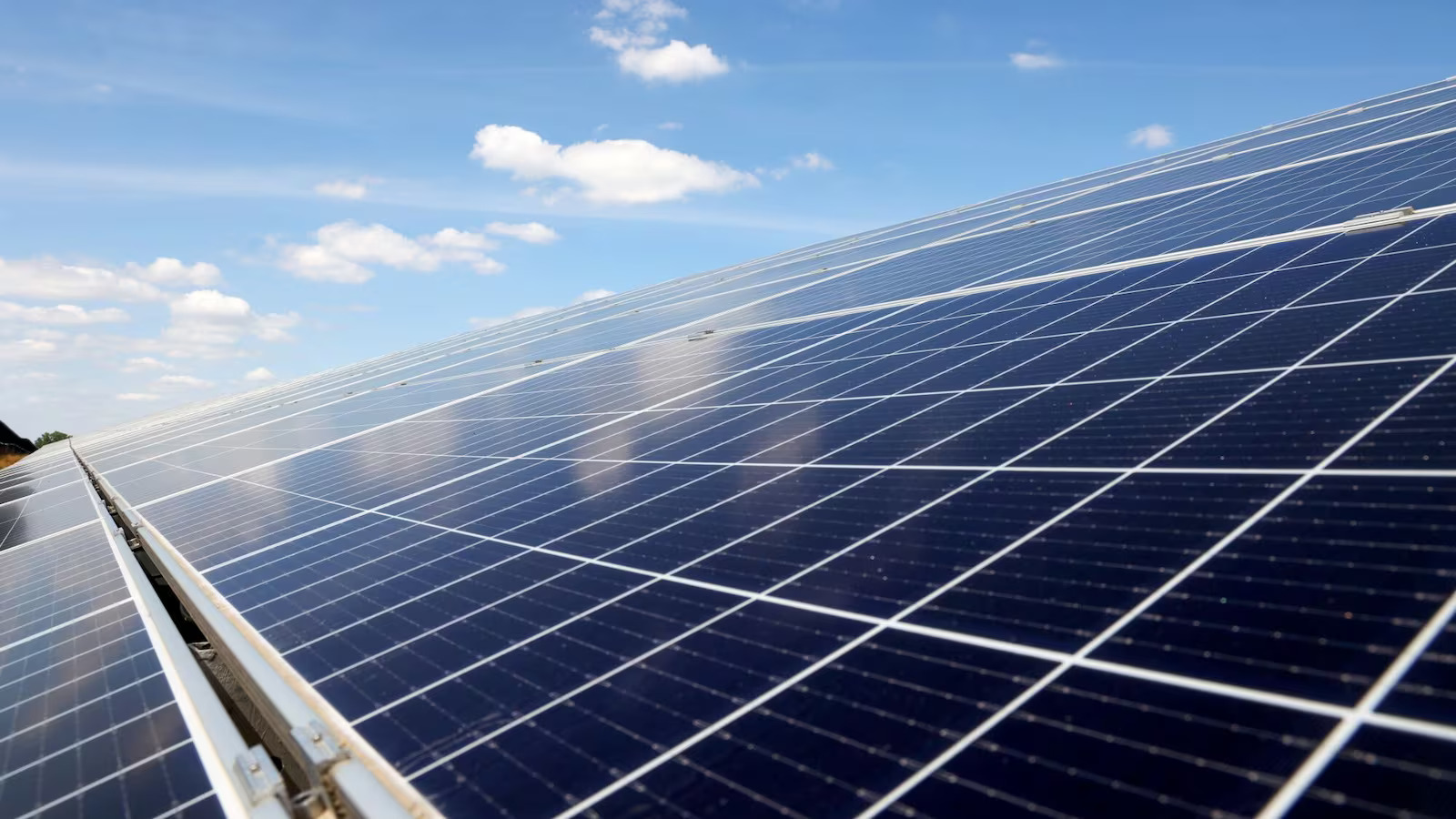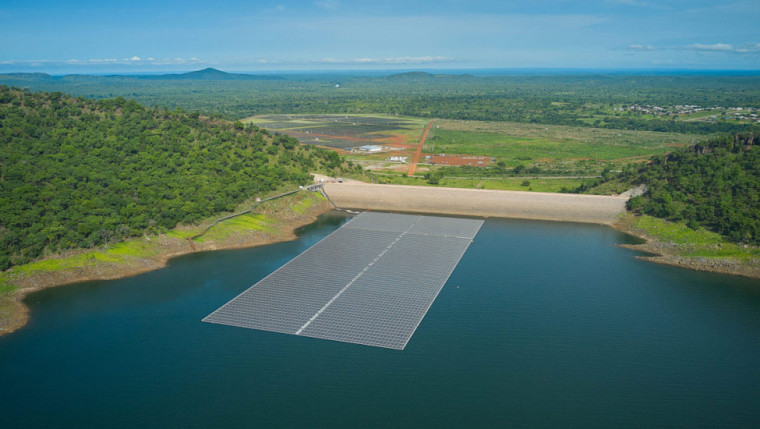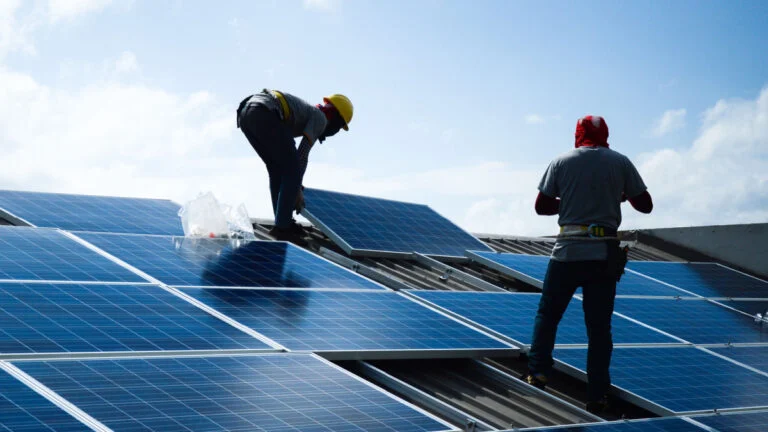Generation

Electric vehicles should play a bigger role in Africa’s mining sector – and beyond

At the conference, the Africa Mining Vision (AMV) will highlight how African Union (AU)member states can leapfrog from using polluting internal combustion engines (that are mostly powered by diesel and petrol) to electric mobility and benefit from Electric Vehicle (EV) value chains.
Electric mobility in this instance refers to terrestrial mobility and spans the breadth of 2, 3 and 4-6-wheel electric EVs.
These are in the global mainstream due to the motivation by the parties to the United Nations Framework Convention on Climate Change (UNFCCC) aimed at addressing the challenges around climate change, rising temperatures and violently erratic weather patterns that result in heavier precipitation, unexpected wind and pressure systems and uncontrollable, wildfires, especially in Africa.
In anticipation of climate related and persistent long-term changes detrimental to economies, some member states have committed to focus on EVs. This is with the foresight that their increasingly urbanising cities may become increasingly prone to the vulnerability of climate change caused by vehicle emissions. This commitment encompasses deliberate frameworks, responses, policies and platforms ranging from multilateral funding mechanisms to altogether new authorities in order to position themselves to the transition sector economies in accommodating EVs.
From a continental perspective, the Africa Green Minerals Strategy (AGMS) is the latest framework grounded in the AMV, that pushes for the use of mineral endowments to underpin growth, development, industrialisation and job creation by fully developing inter-sectoral linkages on matters relating to EVs, renewable energy sources, green technologies and electrifying Africa.
This strategy impacts more than just EVs, as it involves building and strengthening local mining supply chains and mineral feedstocks into starting and growing regional manufacturing and requisite infrastructure concerning the extraction of minerals critical to a green, low-carbon future in Africa.
The resonating of the AGMS with policy in some member states is instantaneously on tax incentives and investment provisions, with cases in point being norms allied to globally trailblazing activities in the global value chain of EV production, such as tax -free importation of EVs in tandem with heavily discouraging imports of internal combustion engines (ICE) in one Member State jurisdiction whilst another Member State jurisdiction will deduct 150% of the cost of investment from the taxable income of any manufacturer that puts up assets, buildings, plant and machinery or in improvements to assets to produce EVs.
The Africa Green Minerals Strategy: Objectives and Implementation the AGMS was developed to harness emerging opportunities and to ensure equitable resource-based industrialisation from the extraction and exploitation of mineral resources on the African continent, which is one of the best endowed regions for such assets in the world. The long-term aim is to develop value chains and all their associated linkages to leverage green mineral resources for green industries to serve regional markets and continental markets under the African continental free trade agreement (AfCFTA).
In addition, the clean energy transition offers huge opportunities to close energy deficits and electrify Africa. The vision statement is for “An Africa that harnesses green mineral value-chains for industrialisation and electrification, creating green technologies and sustainable development to enhance the quality of life of its people.”
The past decade has seen spectacular advances in the lifting of trade and investment barriers to commodities within the continent thanks to the accelerated ratification of the AfCFTA. The global decarbonisation agenda has entailed massive investments in infrastructure in mining associated with renewed appetite for mineral resources with the changing dynamics of global mineral resource demand patterns, especially those relating to EVs, renewable energy sources and related battery storage systems.












